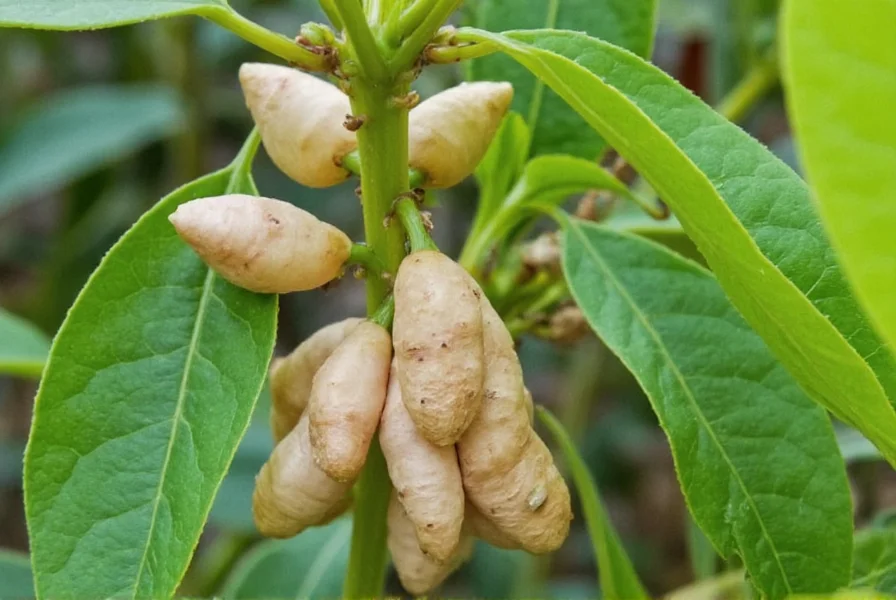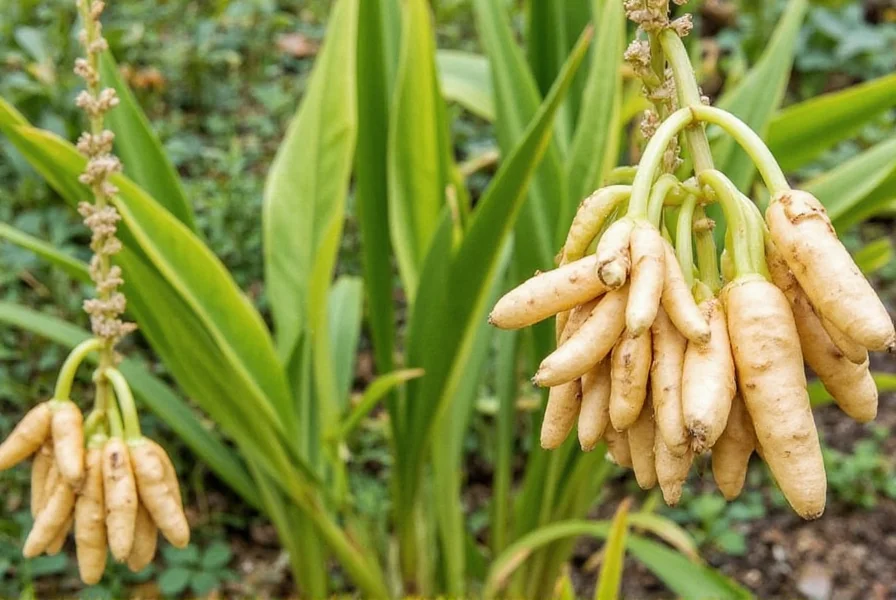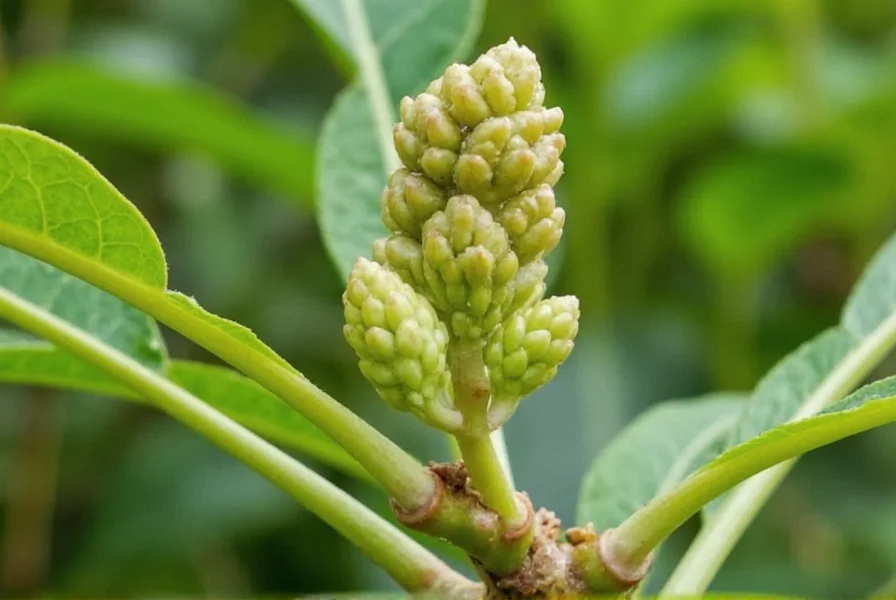The ginger plant (Zingiber officinale) belongs to the Zingiberaceae family, sharing botanical relations with turmeric and cardamom. This versatile tropical plant has been cultivated for over 5,000 years across Asia, with India and China remaining leading producers today. Understanding how to grow ginger plant at home requires knowledge of its natural habitat and growth requirements.
Optimal Growing Conditions for Ginger Plants
Ginger originated in the rainforests of Southern Asia, which explains its preference for warm, humid environments. When establishing how to grow ginger plant successfully, consider these critical environmental factors:
| Growing Factor | Optimal Range | Notes |
|---|---|---|
| Temperature | 75-85°F (24-29°C) | Frost kills plants; growth stops below 50°F (10°C) |
| Humidity | 70-80% | Mist leaves in dry climates |
| Soil pH | 5.5-6.5 | Slightly acidic to neutral |
| Light Exposure | Partial shade | 2-5 hours of morning sun ideal |
Planting Ginger Rhizomes: Step-by-Step Guide
When learning how to plant ginger, start with fresh, plump rhizomes featuring multiple 'eyes' or growth buds. Many gardeners achieve success with growing ginger in containers, which provides better control over soil conditions.
Planting process:
- Soak rhizomes in water for 24 hours before planting
- Prepare soil with equal parts garden soil, compost, and perlite
- Plant sections with eyes facing upward, 2-4 inches deep
- Space rhizomes 8-12 inches apart in garden beds
- Water thoroughly after planting, keeping soil consistently moist

Ginger Plant Care Requirements
Proper ginger plant care tips include consistent moisture management and appropriate feeding. The best soil for ginger plant maintains moisture without becoming waterlogged. During active growth (spring through summer), water when the top inch of soil feels dry.
Fertilize monthly with balanced organic fertilizer or compost tea. Avoid high-nitrogen formulas that promote leaf growth at the expense of rhizome development. Mulching with straw or shredded leaves helps maintain soil moisture and temperature stability.
Common Challenges in Ginger Cultivation
Growing ginger plants presents several potential challenges that require attention:
- Rhizome rot: Caused by overwatering or poor drainage; prevent with well-aerated soil
- Leaf spot diseases: Manage with proper air circulation and avoid overhead watering
- Root knot nematodes: Rotate crops and use marigold companion planting
- Slow growth: Often indicates insufficient warmth or nutrients
When addressing common problems with ginger plants, remember that prevention through proper cultural practices works better than treatment after issues develop.
Harvesting Ginger: Timing and Technique
Understanding when to harvest ginger ensures maximum flavor and yield. Most varieties require 8-10 months from planting to full maturity. You can perform 'baby ginger' harvests at 4-6 months for tender, milder rhizomes.
To harvest mature ginger:
- Reduce watering 1-2 weeks before harvest to dry soil slightly
- Cut back yellowing foliage to 6 inches above soil
- Carefully dig around plant perimeter with garden fork
- Lift entire plant, preserving as much rhizome as possible
- Clean soil gently with soft brush under running water

Ginger Varieties for Home Gardeners
Several ginger varieties adapt well to home cultivation:
- African ginger: Strong flavor, excellent for cooking
- Bengal ginger: Common commercial variety with robust growth
- Chinese white ginger: Smooth skin, preferred for crystallizing
- Yellow ginger: Vibrant color, often used in traditional preparations
For container growing, select compact varieties that adapt well to restricted root space. Growing ginger in containers requires more frequent watering but offers mobility to optimize light conditions.
Storing and Using Homegrown Ginger
After harvesting ginger, proper storage extends usability. Store unpeeled rhizomes in a paper bag in the refrigerator crisper drawer for 2-3 weeks. For longer storage, freeze peeled ginger or preserve in vinegar.
Homegrown ginger typically offers superior flavor and potency compared to store-bought options. Use fresh ginger in stir-fries, teas, baked goods, or preserve it for year-round enjoyment. Remember that ginger plant sunlight requirements directly impact the rhizome's flavor compounds.
Can I grow ginger indoors year-round?
Yes, ginger grows well indoors with proper conditions. Use a container at least 12 inches deep with drainage holes, place near an east-facing window for morning sun, and maintain humidity around 70% by misting regularly or using a pebble tray. Indoor ginger requires consistent temperatures between 70-85°F (21-29°C) and well-draining soil.
How often should I water my ginger plant?
Water ginger when the top inch of soil feels dry, typically 1-2 times weekly during active growth. During rainy seasons or high humidity, reduce frequency. In winter dormancy, water sparingly just to prevent complete soil drying. Overwatering causes rhizome rot, while underwatering results in stunted growth and fibrous rhizomes.
Why are my ginger plant leaves turning yellow?
Yellowing leaves typically indicate overwatering, poor drainage, or nutrient deficiency. Check soil moisture before watering and ensure proper drainage. If soil remains soggy, reduce watering frequency. Yellowing can also signal nitrogen deficiency - apply balanced organic fertilizer monthly during growing season. Some yellowing is natural as harvest time approaches.
Can I grow ginger in cold climates?
Yes, with proper techniques. Grow ginger in containers that can be moved indoors when temperatures drop below 50°F (10°C). Start plants indoors 6-8 weeks before last frost, then move outside when soil warms. In fall, bring containers indoors before first frost and reduce watering to encourage dormancy. Cold climate gardeners often achieve success with growing ginger in containers.
Final Thoughts on Ginger Cultivation
Growing ginger plants successfully requires attention to their tropical origins while adapting techniques to your specific climate. Whether you're practicing how to grow ginger plant in containers or garden beds, patience yields rewarding results. The key to thriving ginger cultivation lies in mimicking its natural rainforest environment through proper soil preparation, consistent moisture, and protection from extreme temperatures. With proper care following these ginger plant care tips, you can enjoy homegrown ginger for cooking, teas, and other traditional uses.











 浙公网安备
33010002000092号
浙公网安备
33010002000092号 浙B2-20120091-4
浙B2-20120091-4